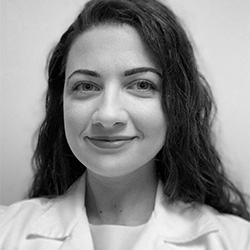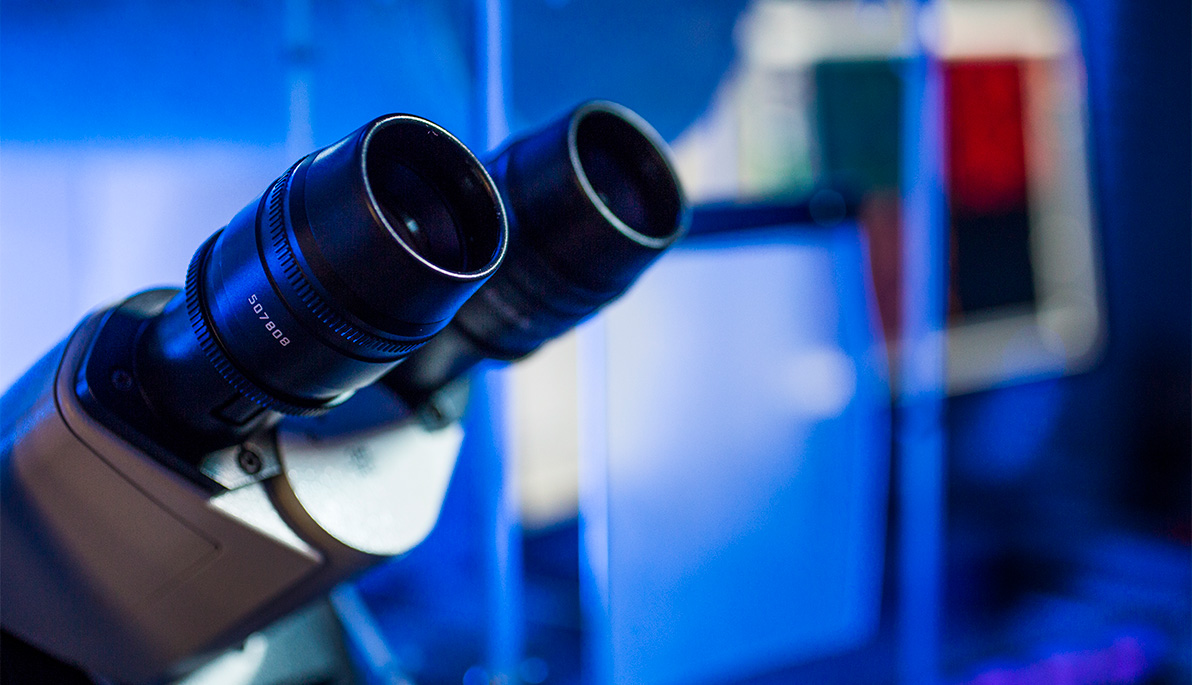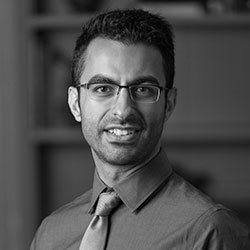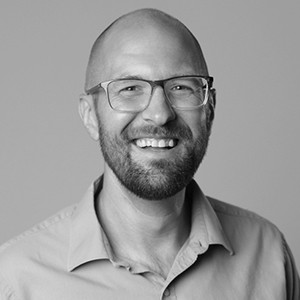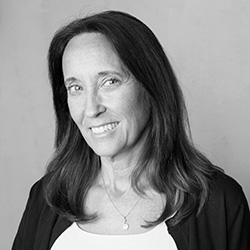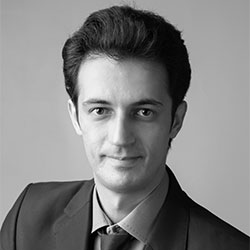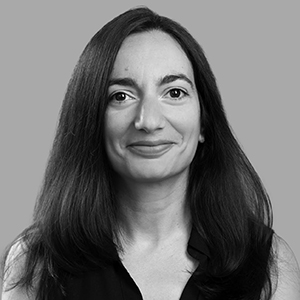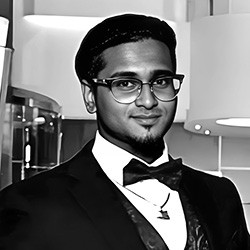Preparing the Way
As assistant professor of medicine at Indiana University School of Medicine, Danielle Janosevic (D.O. ’14) relishes the chance to pass her knowledge to the next generation of doctors. It’s not surprising. As a medical student at the College of Osteopathic Medicine (NYITCOM), she flourished. She sat down with The Box to talk about her experiences at New York Tech and rewarding career and accomplishments.
Why did you decide to attend New York Tech?
I chose New York Tech because of the significant alumni network and the excellent clinical and research opportunities they afford their students.
What were your most rewarding experiences at the school?
I completed the Academic Medicine Scholars Program at NYITCOM. This was a great platform to get a taste of what a career in academic medicine would entail. As a scholar, I taught courses on renal physiology and OMT (osteopathic manipulative treatment). I was funded by the American Society of Nephrology, which afforded an immersive experience in the clinical and research aspects of nephrology. This served as the foundation for my current career as a practicing physician-scientist in the Division of Nephrology and Hypertension at the Indiana University School of Medicine.
Tell us about your career as an osteopathic physician.
The tenets of osteopathic medicine are integral in the way I deliver care to my patients, even as a subspecialist. There is no better healer than the body itself, beautiful and capable of self-healing and renewal. As physicians, we are stewards in restoring health, and we are equipped with many tools to do so.
What have been some of the highlights of your career?
I am proud to set an example for undergraduate, graduate, and postdoctoral students. There is nothing more satisfying than to see my mentees grow into their own path in academia.
What are the most rewarding parts about what you do?
I enjoy the never-ending puzzle of treating illness and restoring health through the integration of clinical care and research. In the tenuous and delicate balance of life and death, there lies a vast opportunity to tip the scale in favor of life.
Can you tell us about your research on sepsis?
Sepsis is a life-threatening bloodstream infection for which we may only offer supportive care in the form of antibiotics and intravenous fluids. Sepsis often causes kidney failure, which further increases mortality. There is a critical need to prevent end-organ dysfunction in sepsis and define precision therapeutics to ameliorate disease. My co-authors and I recently published our work titled “The orchestrated cellular and molecular responses of the kidney to endotoxin define a precise sepsis timeline” in eLife. In this manuscript, we define cellular mediators leading to critical events in the sepsis timeline. This has laid the groundwork for my future work, which is geared toward designing precision therapeutics, which will harness these critical cellular and molecular responses in sepsis and sepsis-associated kidney failure.
What is the best advice you received?
I carry with me the words of osteopathic medicine’s founding father, A.T. Still: “To find health should be the object of the physician. Anyone can find disease.”
